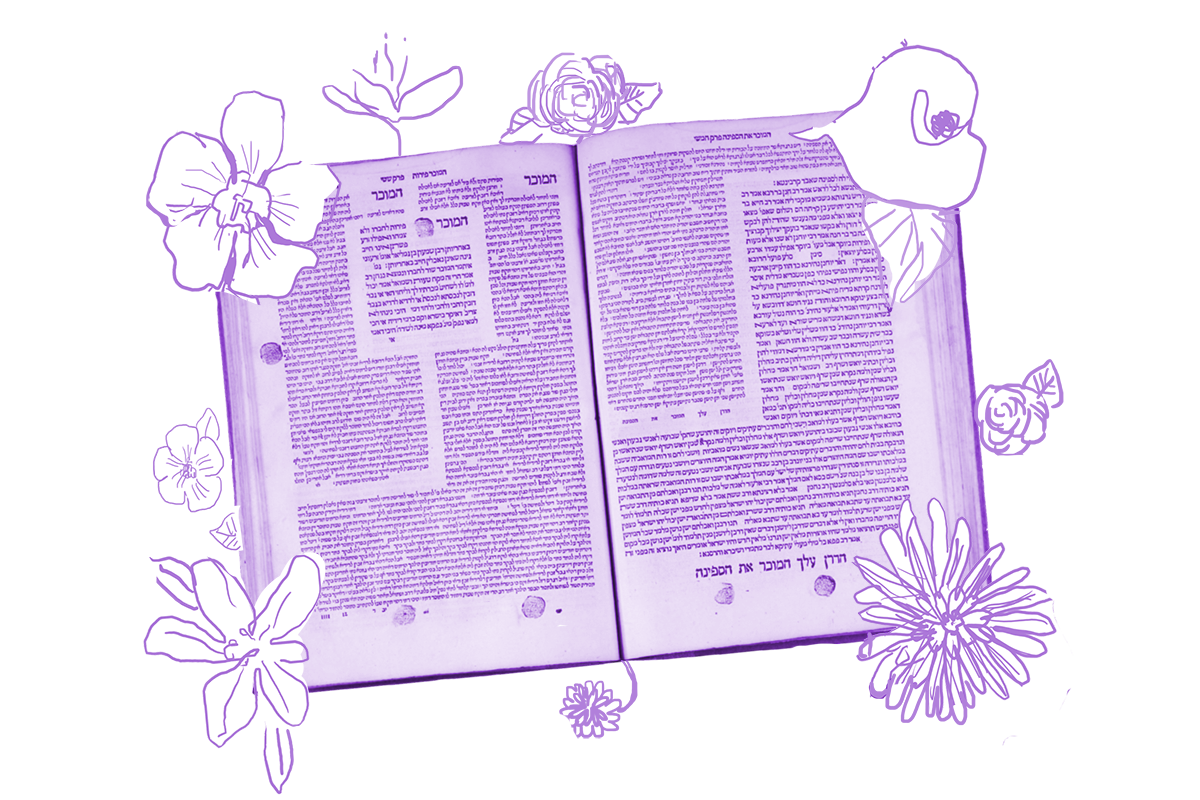The mishnah that opened our tractate listed four categories of damage for which one must pay restitution. Today’s daf brings us an alternative tradition, with a much longer list.
Rabbi Oshaya taught thirteen primary categories of damage; the unpaid custodian, and the borrower, the paid custodian, and the renter; damage, pain, medical costs, loss of livelihood, and humiliation. And with the four in the mishnah, that is thirteen.
Rabbi Oshaya’s list articulates four kinds of people who are liable if the property they’ve been entrusted with is damaged and five categories of damage that are assessed when calculating financial restitution. Along with the four categories we saw in the opening mishnah — the ox, the pit, the maveh and the fire — that brings us to thirteen. But wait! The Gemara offers us a third tradition:
Rabbi Hiyya teaches twenty-four primary categories of damage: Payment of double, and payment of four or five, and a thief; and a robber, and conspiring witnesses, and the rapist, and the seducer, and the defamer, and one who causes (another’s teruma) to become ritually impure, and one who mixes (teruma with another’s non-sacred food), and one who pours (another’s wine) as a libation (for idolatry). Rabbi Hiyya and these thirteen, this is twenty-four.
With your help, My Jewish Learning can provide endless opportunities for learning, connection and discovery.
Rabbi Hiyya adds two kinds of financial penalties that thieves are required to pay along with the value of whatever they stole. And he adds nine bad actors who do particular bad things: crimes of theft and perjury, sexual crimes, and crimes involving desecrating sacred foods.
On tomorrow’s daf, the Gemara is going to compare these three lists to try and figure out why the different rabbis didn’t include each others’ categories. But before we get there, it’s worth asking some even more basic questions: Why bother listing categories of damage at all? And why keep bringing longer and longer lists?
Now, at this point in our journey through the daf, it should be clear that early rabbis LOVED lists. They listed everything, from the different Shabbat prohibitions, to modes of cooking, to the kinds of miraculous events that God created on the sixth day of creation, and on and on. Many scholars have noted that lists are a particularly effective way of collecting and arranging materials, especially in an oral culture like that of the rabbis. Lists would have been a useful way to organize, retain and teach their Torah.
Lists do something else too. Dr. Andrew Jacobs has argued that early Christian writers thought about Christian identity by gathering and organizing information in particular ways: “totalizing, seeking to gather together all that existed into clear and definable intellectual and cultural categories; and knowing, seeking to create a cognitive mastery of all that existed in the Christian world.” The rabbis are doing the same, by offering ever more comprehensive lists of their own. Our daf reminds us that this was not a uniquely Christian project.
In presenting their information as lists, the rabbis are saying that they have gathered all the relevant categories, and organized all the information necessary, to rule on civil cases. To be a rabbi is to be a master of the list, no matter how long it is. But as we’ll see tomorrow, to be a rabbi is also to critically analyze the list, to ask for their sources and even to question the very categories listed.
Read all of Bava Kamma 4 on Sefaria.
This piece originally appeared in a My Jewish Learning Daf Yomi email newsletter sent on November 6th, 2023. If you are interested in receiving the newsletter, sign up here.



